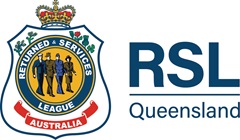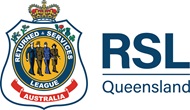
Exploring the origins of RSL Queensland
27 June 2025- History & commemoration
It started quietly – with returned soldiers building their own support.
By Dr Susan E. M. Kellett
In early 1916, 60 invalid soldiers met in Brisbane and voted to form a Returned Soldiers’ Association (RSA), laying the roots of the RSL in Queensland.
Lost in transition
Two days after his comrades from the 9th Battalion landed at Gallipoli on 25 April 1915, Sergeant William Millward was discharged from the Australian Imperial Force (AIF). Several months earlier, the 21-year-old had been struck by an automobile while stationed in Egypt. Unconscious and bleeding from an ear, he was transferred to hospital where he regained consciousness four days later. Millward was diagnosed with a fractured base of the skull and deemed unfit for service.
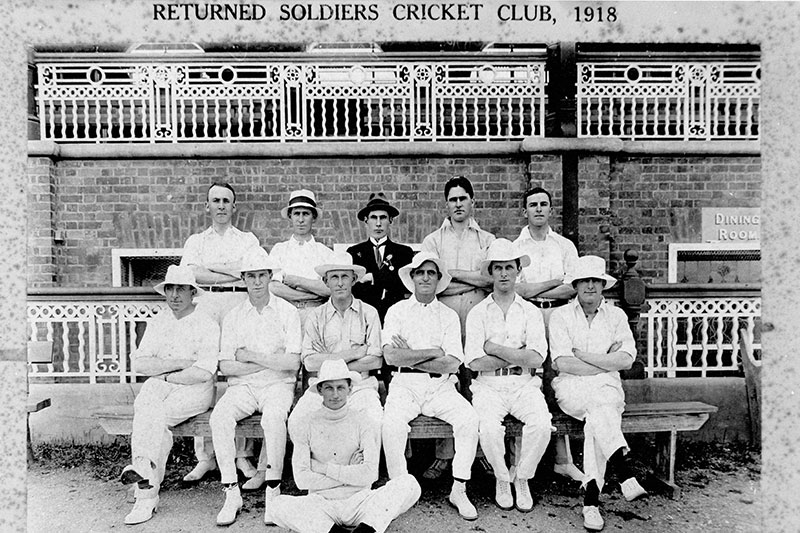
Sidney Riley Studio (1918): Returned Soldiers’ Cricket Club 1918. William Millward is standing at the far right of the rear row. Millward eventually returned to teaching. He settled in Warwick and remained a member of the RSSILA. He died in 1958 aged 64 years. Source: State Library of Queensland
Millward disembarked in Melbourne in mid-April 1915 and, two days later, was aboard a train bound for Queensland. Once home in Toowoomba, he resumed his career as a schoolteacher. However, the ongoing effects of his injury – headaches, dizziness and earaches – made managing a class difficult. His transfer to a smaller regional school did little to alleviate his symptoms and, in late 1915, Millward accepted a position as a clerk in Brisbane.
The Queensland RSA is formed
Once settled in Brisbane, Millward joined a growing community of 9th Battalion men who, after being invalided home, craved the bonds of camaraderie that they had experienced in the AIF. By late 1915, RSAs had formed in Victoria, New South Wales and South Australia and, following the lead of their interstate comrades, the 9th Battalion men formed a committee to establish an RSA in Queensland. Millward was elected its Secretary.
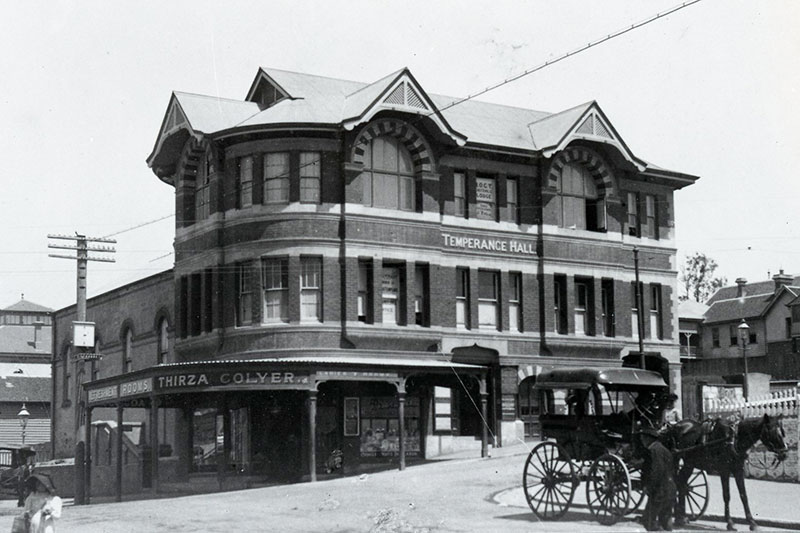
Temperance Hall. This building was located on the corner of Ann and Edward Streets and its meeting hall was located on the first floor. It was demolished in 1927 and replaced by the Canberra Hotel (since demolished). Source: Brisbane City Council Libraries Service.
Millward threw himself into planning for the new association and, on the evening of 23 February 1916, he convened the meeting at which the Queensland Returned Soldiers’ Association (QRSA) was formed. Mindful of the men who carried physical limitations, Millward chose Temperance Hall – a handsome red brick and cement building located directly opposite Central Station – as its venue. Of the men who attended the meeting, around 40 were still wearing the uniform of the AIF.
For King and comrades
The meeting was a relatively informal affair. Millward explained the principles of the QRSA and it was agreed that the association should be non-political and non-sectarian in nature. Membership was open to returned men of good character, although those discharged for ‘disciplinary reasons’ might be admitted if approved by the committee.
Veterans of other imperial conflicts were eligible to join. An annual subscription fee of five shillings was set and this included a handsome red, white and blue enamelled badge in the shape of a ‘Q’.
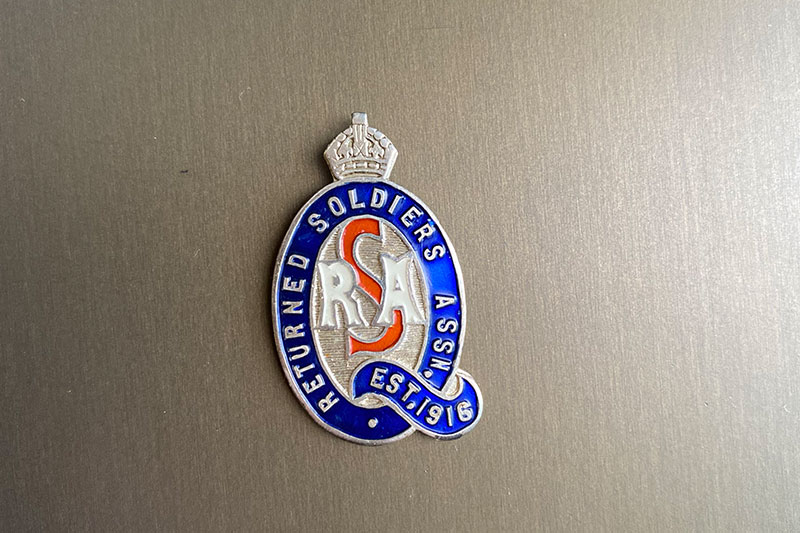
Queensland Returned Soldiers’ Association badge.
The QRSA’s draft constitution was based on Victoria’s QSA. It aimed to: “foster a spirit of loyalty to the King and cultivate an Imperial sentiment and patriotism; keep green the memory of fallen comrades; lend a hand to deserving comrades who have fallen on evil days; hold social reunions of members; assist in patriotic movements of charity; foster and encourage the universal defence system; and affiliate with kindred associations having similar objects”.
The men adopted the draft and also agreed to hold an annual parade “in honour of fallen comrades”. Major Richard Walsh was appointed the QRSA President and Millward agreed to continue as Secretary.
More than camaraderie
Richard Walsh enlisted in the AIF in early 1915 and landed at Gallipoli as part of the 9th Battalion reinforcements in May. The following month, while supporting a British attack at Gaba Tepe, Walsh’s company came under “murderous fire from machine guns, shrapnel, bombs and rifles”. Despite sustaining two gunshot wounds to his right leg, Walsh continued to command his men until the company withdrew. When his recovery was complicated by paralysis and anxiety, Walsh was returned to Australia to convalesce.
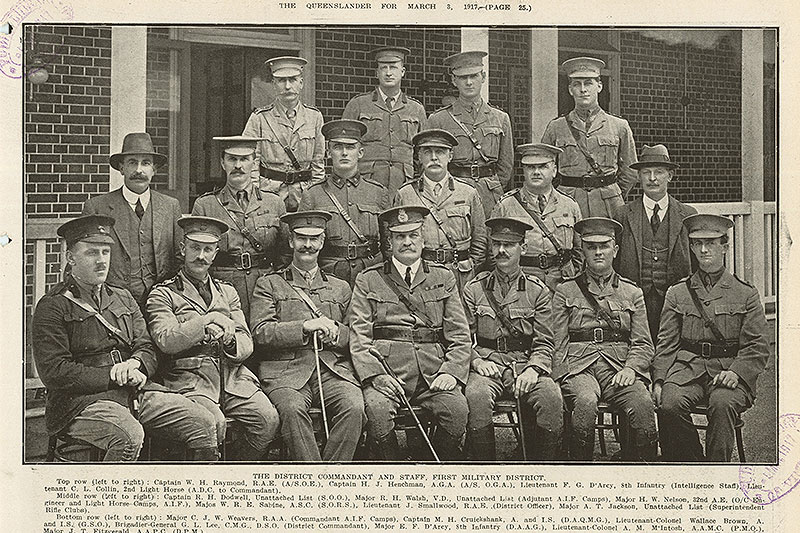
The District Commandant and Staff, First Military District. Richard Walsh is standing second from the left in the middle row. He did not stand for re-election of the RSSILA Presidency in 1917 and was elected vice-president. He continued his AIF service as the Camp Commandant of Enoggera Camp (Gallipoli Barracks) and returned to the Queensland Health Department after the war. He died in 1949 aged 75 years. Source: The Queenslander Pictorial, 3 March 1917, 25.
By May 1916, membership of the QRSA numbered 600 and this figure continued to rise as men returned home. Walsh understood that the RSA’s role needed to exceed camaraderie alone; as a young officer he had served with Queensland’s colonial forces in the South African [Boer] War (1899-1902) and while his return home in 1901 had been uncomplicated, other men struggled with transitioning back to their pre-service lives. For some, charity became their only option when the Government’s enlistment promises proved hollow.
One national voice
When the QRSA was established, the Repatriation Commission [Department of Veterans’ Affairs] did not exist. RSA leadership in the southern states had, like Walsh, recognised the challenges that the number and nature of casualties being repatriated posed; they could not be managed by charity alone. While the four RSAs were already exerting pressure to address some of their concerns, all understood that more influence could be wielded if they acted together.
Delegates from the four RSAs met in Melbourne on 6 June 1916. By the end of their conference, a collective decision to federate into the Returned Sailors’ and Soldiers’ Imperial League of Australia (RSSILA) had been made. Within two years, the RSSILA had established itself as the representative voice of Australia’s returned community at local, state and federal levels.
Read more about the four QRSA delegates (John Collins, Herbert Maddocks, Sidney Cripps and William Burns) at Camaraderie and Care – The Queenslanders who made the RSSILA.
Related News
Loading
